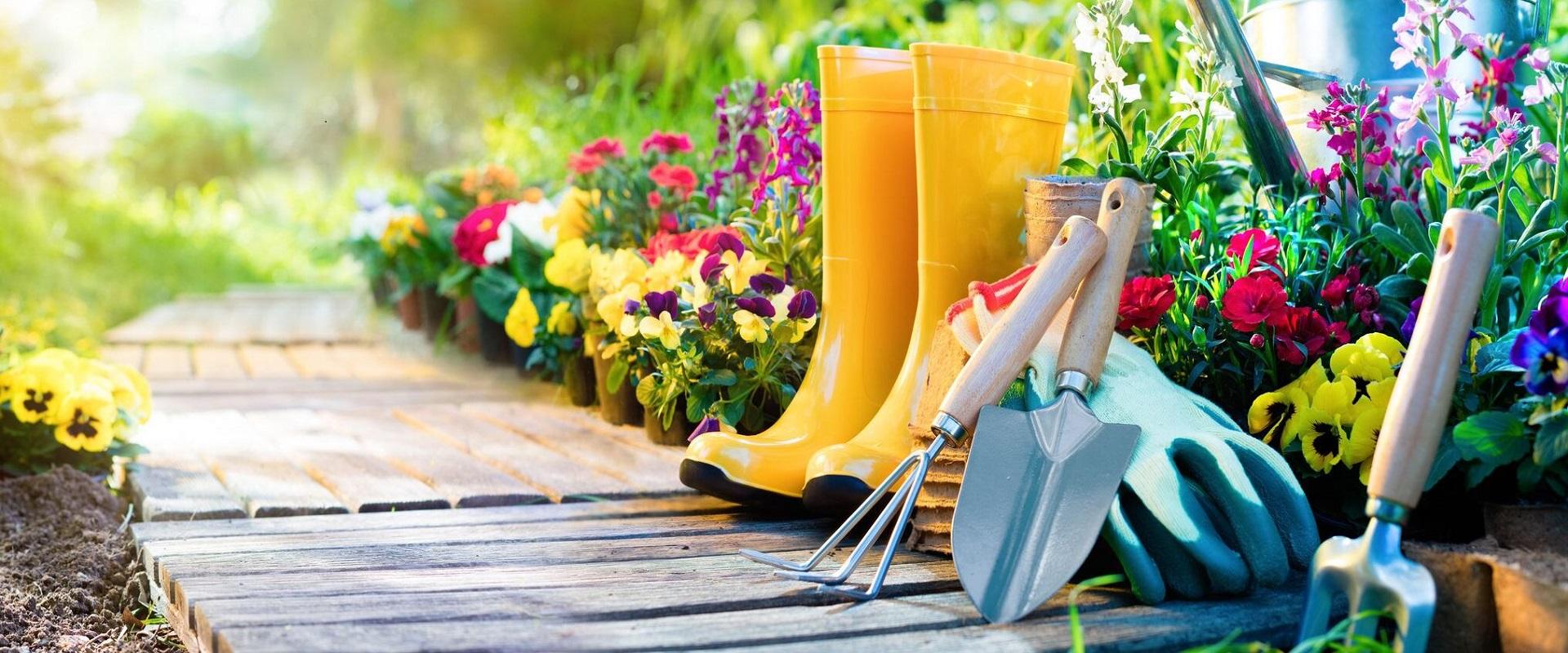How to grow garlic
This article includes how to grow garlic, how to store it as well as garlic care and common pests & diseases.
Garlic general information
Garlic is a perennial plant belonging to the Alliaceae family, which includes close relatives such as leeks, onions, shallots, and chives. These plants typically produce hollow, tubular leaves, which can sometimes be flattened, that emerge from a subterranean bulb. Following the leaves, a flower stalk, known as a scape, develops, culminating in the formation of flowers. Additionally, garlic can generate ‘bulbils’—small bulbs that may begin to sprout from the flower head. While all components of the garlic plant are consumable, the bulb is particularly valued and widely utilized in culinary applications.
How do i grow my own garlic?
Garlic is not ideal for container cultivation; it thrives better when planted directly in the ground or in raised beds. The optimal planting period for garlic cloves is from September to late November, with a limited opportunity in early March for a fall harvest. However, in this climate, garlic yields more effectively when it is allowed to overwinter. When sowing, separate the cloves and position each one with the pointed end facing upwards, spaced 10-15 cm (4-6 inches) apart, and buried 2-5 cm (1-2 inches) deep. It is important not to remove the skins from the cloves. If there is a risk of rain or frost exposing the cloves, deeper planting is advisable, while shallower planting is suitable when using mulch or planting in heavy soil. The largest cloves will produce the most substantial bulbs. The top soil should be rich and well-drained; it is essential to prepare the soil thoroughly, incorporating ample compost, especially if the soil is heavy, and avoid compacting it by walking on it. If the soil’s pH is below 6.0, lime it several weeks prior to planting.
Cultivation: Begin fertilization as soon as spring growth commences. Ensure adequate watering and maintain a weed-free environment. Trim flower stalks to conserve energy for the bulb. If distinct cloves have not developed, one may either consume the clove or replant it for bulb formation in the following year.
Harvesting: When the foliage starts to wither, uproot the plants and allow them to air-dry similarly to onions. Some horticulturists suggest waiting until approximately 75% of the plant has desiccated before harvesting, while others recommend pulling the plants when only six green leaves remain. Further details on the optimal timing for garlic harvesting can be found.
Storage: Garlic should be kept in a dry environment at room temperature, as excessive moisture, heat, or cold can trigger sprouting.
Pests and Diseases: Numerous cultivators have encountered White Rot, which manifests as black spots and decay on the bulbs. This disease can easily spread through contaminated soil and water and is notably resilient in the soil. Flooding the affected area for four weeks during spring may eradicate it. The most effective prevention strategy involves not leaving decomposing alliums in the soil and adhering to a strict four-year crop rotation.
Companion Planting: Positioning garlic in proximity to roses can deter aphids. Due to its sulfur compounds, garlic may also repel whiteflies, Japanese beetles, root maggots, carrot rust flies, and various other pests. Garlic can be prepared as a tea or spray, functioning as a systemic pesticide that is absorbed into the plant cells. It serves as a beneficial companion for beets, Brassicas, celery, lettuce, potatoes, strawberries, and tomatoes, but should not be planted alongside peas or beans.
What is the best garlic to grow?
The garlic most people are familiar with is the ‘Silverskins’ variety we see in supermarkets. This garlic can be mechanically planted, making it cheap to produce and it stores well – thus its popularity with grocery stores. There are, however, hundreds of different types of garlic.
True garlic has two subspecies, softneck and hardneck. These sub-species can account for as many as 600 varieties of garlic worldwide.
Ten fairly distinct varietal groups of garlic have evolved; five very different hardneck varieties called Porcelain, Purple Stripe, Marbled Purple Stripe, Glazed Purple Stripe and Rocambole; three varieties of weakly bolting hardnecks that often produce softnecks called Creole, Asiatic and Turban, plus two distinct softneck varietal groups named Artichoke and Silverskin. Choosing which to grow depends on taste preference, clove size, storage characteristics or availability.
Garlic growing checklist
A small space can produce lots of garlic. A 4×8′ (1.2×2.4m) raised bed can yield up to 160 bulbs when they are planted at five cloves per sq ft.
Here’s a Checklist to Help:
1. First, make sure the area you are planting in gets good sun and the soil drains freely. Mounding the planting bed or using a raised bed helps facilitate good soil drainage.
2. Incorporate about¼-½” (1 ¼-2½cm) of mature compost and some bone meal into the top 1″ (2.5cm) of the seed bed.
3. Mark out the planting holes. In a small space plant 4 to 5 cloves per sq ft.
4. Crack the bulb apart, removing the cloves from the basal root plate. Do not clean the cloves’ outer skin.
If you want big plants, use only large cloves. The bigger the clove, the bigger the potential bulb will grow.
5. Place each clove in the ground, roots down, tip up, with the tip about 2″ (5cm) below the soil surface.
6. Covering the area with a mulch of leaves or clean straw does helps inhibit weeds, conserve moisture and moderate the temperature of the soil.
How to care for your garlic?
Maintain even soil moisture with a weekly application of½-1″ (1¼-2½ cm) of water.
Allow the top ½” (1 ½cm) of soil to dry between waterings to inhibit disease and weed development and encourage deeper root growth.
Stop watering about three weeks before harvesting. This will allow the bulb to dry down without rotting. Signs of overwatering can be seen in thin wrappers, fungi/mould, and burst skins.
Garlic that has been overwatered does not store well and should be used as soon as possible. Harvesting is usually done in July and August across Canada, so stop watering in late June.
Weeds can be controlled by mulching over the winter. Garlic is not highly competitive and does poorly when it’s under heavy weed pressure. Stirrup hoes are useful when weeding garlic because they allow close weeding with less chance of clipping the bulb.
What is the best way to store garlic?
Successful storage of garlic depends on a number of variables. Here are a few tips to help you with storing garlic.
Dig it up using a flat headed shovel inserted at least 6″ (15cm) away from the bulb. Loosen the soil then pull the bulb free. Avoid garden forks as it is easy to bruise the bulb when digging. Pulling too hard can result in the neck pulling free from the bulb. Gently knock off any soil on the roots and allow the garlic to dry.
A little sun initially is alright, but full sun on a hot day can sunburn the garlic and compromise its storage potential. Bundle the garlic to dry in bunches of 5 or 6 plants. Hang in a warm place (21 °-24°C or 71-75°F) with good air circulation that is sheltered from sun and rain.
Remove any damaged bulbs and set them aside for immediate use. After two or three weeks, trim the roots and leaves and clean up some of the dirt. Store in a basket or a mesh bag in a cool dark area with moderate humidity at a temperature of about 16°C (61 °F),
Well cured garlic can keep for 6 to 8 months. There are several other ways to store garlic, such as drying, pickling or freezing.
Garlic: Common pests & diseases
Weeds reduce garlic yields by direct competition for water, nutrients and space. The weeds also reduce air flow and increase the risk of diseases such a neck rot. Routine shallow cultivation will keep the weeds under control and avoid damaging the bulb. Mulching will also suppress weeds and retain soil moisture. Fungal disease organisms such as white rot, basal rot, blue mould rot, leaf blight and neck blight can infect garlic.
To reduce the chance of disease follow these guidelines:
1. Plant large, healthy, disease free cloves and plant in disease free soil. If there is a history of disease in the garden in other Allium spp. find an alternative area to plant. Crop rotate so there is a 2 or 3 year period between the growing of Allium spp.
2. Avoid excessive nitrogen and irrigation late in the season. Stop watering three weeks before harvest to enable a healthy drying down of the garlic.
3. Practice good weed control to facilitate good air movement.
4. Remove any plants immediately that exhibit disease symptoms.
5. Cure garlic bulbs properly to prevent infection during storage.
Insect pests include wireworm, thrips and bulb mites. The very best way to avoid these pests is through crop rotation.
Do not plant Allium spp. such as onions or garlic in the same location every year. This reduces the build-up of insect pests that are fond of garlic. In small plot gardens it is possible to turn the soil and pick out the wireworm manually, or simply replace the soil with fresh soil mix.
Garlic is a suitable crop for the small plot gardener. It fits easily into a landscape and is easy to care for. The benefits of having premium garlic at hand in the kitchen, along with the knowledge of where and how it was grown, will enhance your gourmet status as well as your health and wellbeing, and it will even help reduce your carbon footprint.
We hope these were useful tips for growing garlic.


